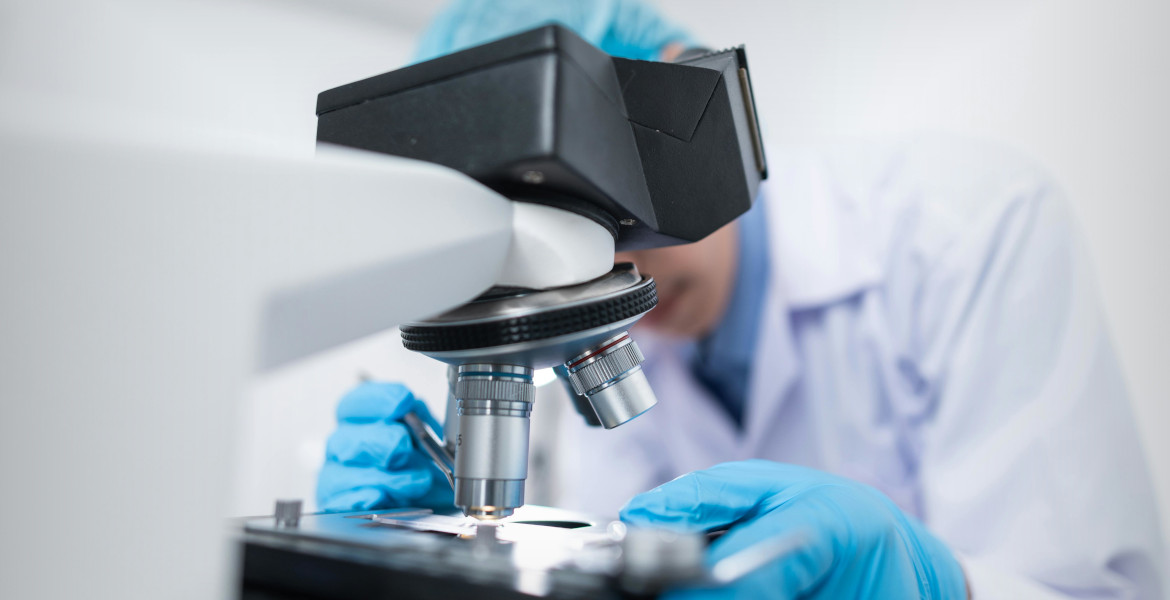Boys who are overweight or have insulin resistance are more likely to have smaller testicular volume, which can negatively affect their fertility in adulthood. The researchers suggest that losing weight could "represent a prevention strategy for maintaining testicular function later in life".
Infertility is becoming increasingly common and in the Western world around 15 to 20 percent of couples experience infertility problems at some point in their reproductive lives. Epidemiologist Shanna Swan has done a lot of research on the subject, with her previous studies finding that sperm production in Western men decreased by 59% between 1973 and 2011.
Swan and other researchers point out that the problems may be due to a number of factors such as hazardous chemicals and unhealthy lifestyles. With the decline in sperm production in men, the incidence of obesity has also increased, especially in children.
A new study from Oxford University, published in the European Journal of Endocrinology, looked at testicular volume in 268 children and adolescents. The researchers collected data on age, body mass index (BMI), insulin resistance and testicular volume in children aged nine years and under (pre-pubertal), nine to 14 years (peri-pubertal) and 14 to 16 years (post-pubertal).
– Although the prevalence of childhood obesity is increasing worldwide, the impact of obesity and associated metabolic disorders on testicular growth is not well known, Rossella Cannarella, one of the authors of the study, said in a press release.
The study found that normal-weight boys aged 9 to 14 years had 1.5 times the testicular volume of those who were overweight or obese. In the other age groups, no difference in BMI was found.
In children aged under nine and over 14, those with normal insulin levels were found to have 1.5 to 2 times the testicular volume of boys with hyperinsulinism, a condition often associated with type 2 diabetes. Boys aged 14 to 16 who had insulin resistance also had smaller testicular volume.
The researchers believe that because smaller testicular volume is associated with poorer sperm production in adulthood, weight loss may help children avoid infertility in the future.
– In this study, we found that being overweight or obese was associated with a lower peri-pubertal testicular volume, Cannarella notes. Therefore, we speculate that more careful control of body weight in childhood could represent a prevention strategy for maintaining testicular function later in life.





